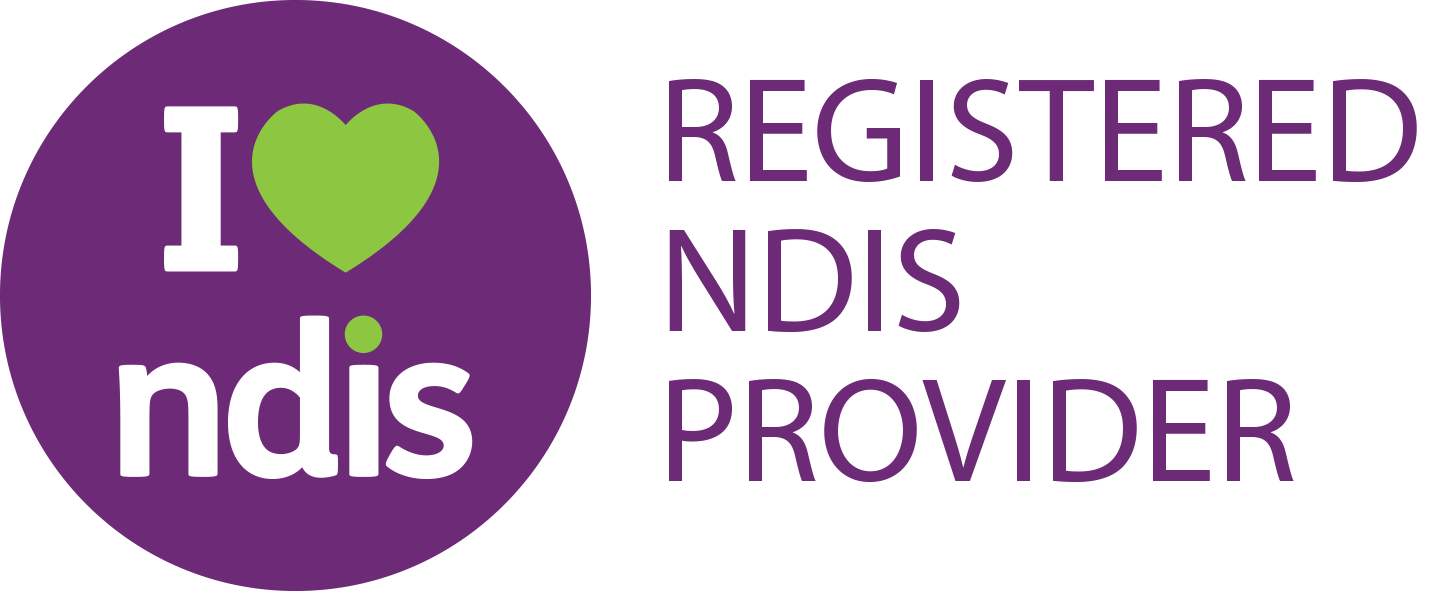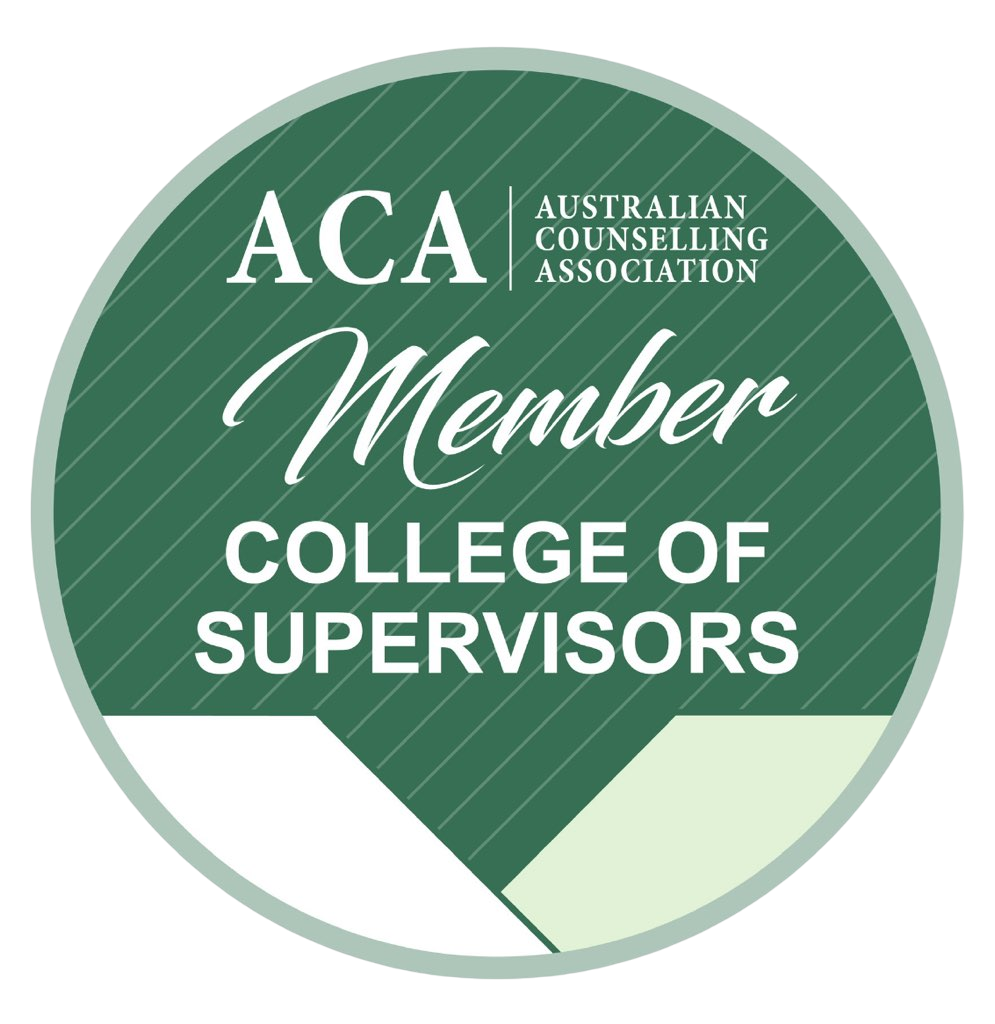Explore Our Blog
Creating a Relapse Prevention Plan.
Advance Minds Blog
A safe space to explore subjects within the community such as mental health, substance abuse and personal identity.
Our safe space also provides the opportunity for real individuals to express their hardships and success through writing.
Relapse is a common part of the recovery journey, but having a clear relapse prevention plan can make all the difference

A solid plan helps you identify triggers, manage stress, and stay committed to sobriety.
Here’s how to build a personalized, effective relapse prevention strategy.
1. Understand Your Triggers 🎯
- Emotional triggers: stress, anxiety, depression, loneliness
- Environmental triggers: certain people, places, or events
- Physical triggers: fatigue, illness, hunger, or poor sleep
- Internal triggers: cravings, boredom, negative self-talk
2. Recognize the Warning Signs 🚨
- Skipping meetings or therapy sessions
- Isolating from support systems
- Romanticizing past use or “just one time” thinking
- Mood changes, irritability, or restlessness
- Lying or hiding behavior
3. Build a Daily Routine 🗓️
- Create structure through consistent sleep, meals, and activities
- Schedule time for exercise, hobbies, and rest
- Include healthy habits like journaling, meditation, or mindfulness
- Stick to a routine even on weekends or holidays
4. Strengthen Your Support Network 🤝
- Stay connected with sober friends, mentors, or support groups
- Choose people who support your recovery and hold you accountable
- Have someone you can call during tough moments
- Consider family involvement or therapy to strengthen relationships
5. Develop Healthy Coping Strategies 🧘♂️
- Use breathing exercises, physical activity, or creative outlets to manage stress
- Replace old habits with new ones—go for a walk, listen to music, or cook
- Practice grounding techniques to stay present during cravings
- Avoid high-risk situations until you feel stronger in recovery
6. Create an Emergency Action Plan 🆘
- List emergency contacts: sponsor, therapist, trusted friend
- Have a plan for where to go or what to do during a craving
- Keep affirmations or motivation reminders handy
- Know the nearest support meeting locations or hotlines
7. Review and Adjust the Plan Often 🔄
- Recovery is ongoing—your plan should evolve with your needs
- Revisit it monthly or after a tough period to add new strategies
- Celebrate progress and stay honest about what’s working or not
- Write it down and keep it visible
Final Thoughts: Prevention is Power ⚡
Creating a relapse prevention plan gives you the tools to face challenges before they become setbacks.
With the right structure, support, and strategies, you can protect your progress and stay on the path to long-term sobriety.
Recovery isn’t just possible—it’s sustainable with the right plan in place.

















